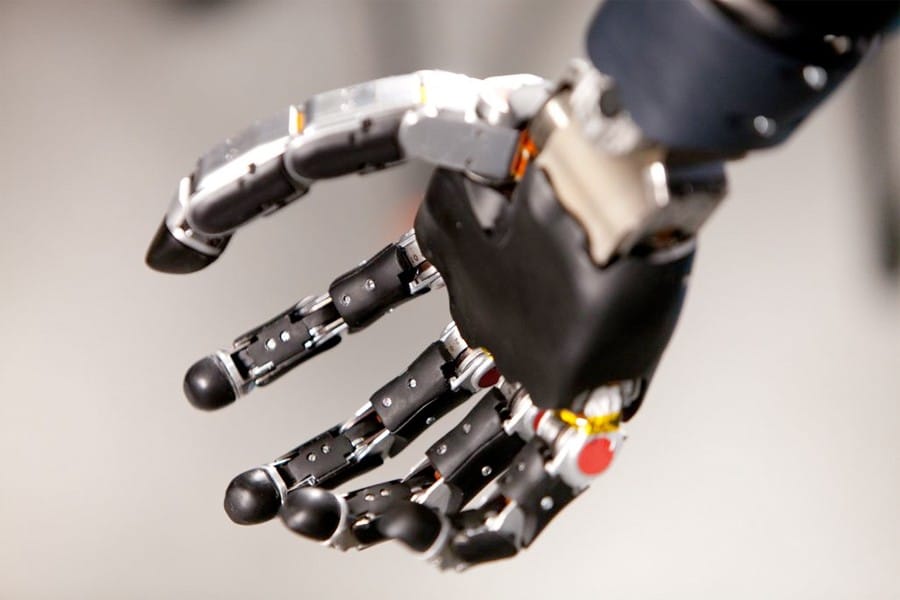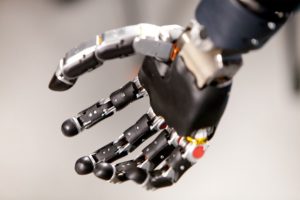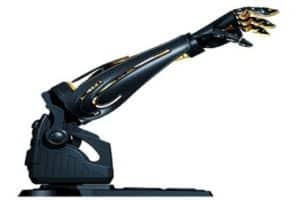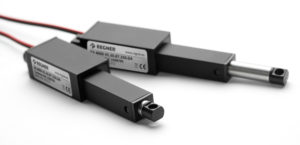Are you ready to make an advanced robot? Chances are that you are not new to the whole building robots thing. You may have started with something a lot simpler, but now you are planning to create a robotic arm with fingers that can move and, perhaps, grab objects or even making gestures. The scope of actions is up to your imagination.
Programming such actions is a complicated task. Yet, hardware first, software second. You need to give a fair amount of consideration to the actuators that are going to enable all the movements. Without them, the fingers will be able only to remain still. To help you with this task, we’ve prepared a guide on how to choose the best actuators for robot fingers.
Best Actuators For Robot Fingers
Thanks to advancements in micromechanics and microelectronics, you can create a robotic arm that functions in the same way as a human one. In this case, actuators are the muscle power of such a robotic arm. Let’s take a look at 4 things you need to pay attention to when you choose the ‘muscles’ for the robotic fingers.
What Actions Are The Fingers Going To Perform?
First of all, the fingers have to be able to bend and open, especially if you are designing a robotic hand similar to a human one. Is the hand going to lift and move objects? It is going to manipulate them in a certain way (bend, cut, etc.)? Determine this to answer the following questions.
How Accurate Should The Actions Be?
Does precision matter in your case? If you are creating a hand that is going to work with small objects, or if the hand has to move objects to a precise spot and one-centimeter error is not acceptable, you will need smaller actuators with the high accuracy level. Keep in mind that you need to balance accuracy and the strength of the hand.
Are The Fingers Going To Lift Weights?
If you want your hand to lift any objects, you need to know how heavy those objects are going to be. The actuators for fingers that are meant to lift 5 kg are not going to be the same as for the ones lifting up to 1 kg. The former ones are likely to use more powerful actuators with the lower precision level. Unfortunately, greater strength comes at the price of lower accuracy and vice versa.
How Many Joints Are The Fingers Going To Have?
Human fingers have three joints, but it’s up to you how many your robotic fingers are going to have. It’s not only the number of actuators that depends on this – the actuators for each joint are going to be different in their precision and strength.
3 Best Actuators For Robot Fingers
While every actuator choice is individual and depends on a number of criteria, we can make it a bit easier for you by presenting 3 most popular actuators used to build robot fingers. Without further ado, let’s begin!
Pneumatic Actuators
Pneumatic actuators use energy in the form of compressed air to perform mechanic motions. There is a variety of different types of pneumatic actuators that can be used for robot fingers. Among them are grippers (they allow grasping objects by using force closure) and rotary actuators (they produce rotary motions).
There are also pneumatic artificial muscles that can be used for robotic fingers. They are usually used in pairs – one antagonist and one agonist, just like human muscles. They are operated by pressurized air filling a pneumatic bladder.
Shape Memory Alloy Actuators
These actuators are a specific type of electric actuators used in robotics and many other industries. They ‘remember’ the initial position and can return to it after being deformed when heated. They can exhibit one-way or two-way shape memory. This allows fingers to be superelastic and lightweight. Yet, they show low accuracy and frequency compared to other actuators.
Mini-Linear Actuators
Linear actuators perform linear motion and are powered by electric motors. As robot fingers require using smaller actuators, you can choose from dozens of different miniature and microactuators. One of the most widely used actuators is screw-driven linear actuators. They are simple, light and strong.
The Bottom Line
There is a variety of actuators that can make your robot’s fingers move. Choosing the right one is not a piece of cake, yet the time spent on this endeavor is worth the final result. We invite you to browse the Progressive Automations store to find the actuators that will not let you down.













Leave a Reply